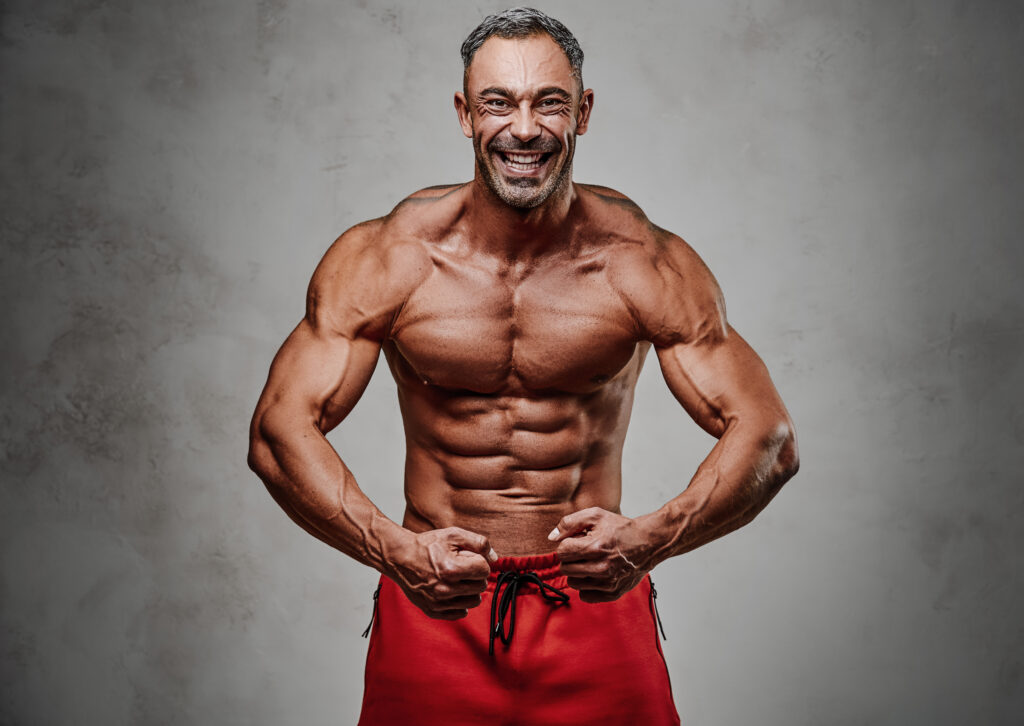When we talk about the power behind a punch, the core plays a vital role. The core is not just your abs; it encompasses the muscles in the entire trunk, including the abdominals, obliques, and lower back muscles. These muscles are central to almost every movement our body makes, especially when we generate force, such as in a punch.
Imagine the body as a whip. A punch doesn’t start at the fist; it begins at the feet, travels through the legs, engages the hips, utilizes the core, and finally, reaches the fist. It’s a coordinated sequence of events. When your core is strong, it effectively transfers this force from the lower body through to the upper body. This process is often referred to as the “kinetic chain,” where energy is transferred through various segments of the body. A weak link in this chain can reduce the overall power of a movement. Thus, if the core is weak, the transfer of energy can get dissipated, leading to a less effective punch.
A strong core also provides stability. When you punch, your body experiences a counter-force. A robust core ensures that your body remains stable, allowing you to maintain balance and avoid getting knocked off your stance, which can make subsequent punches or defensive movements more efficient.
Additionally, training the core can improve rotational strength. Many punches, like hooks and uppercuts, have a significant rotational component. A stronger core will enhance the speed and power of these rotational movements.
While the core alone doesn’t determine the power of a punch, it’s a critical component in generating and transferring force. Therefore, if you’re looking to improve your punching power, strengthening your core should be a key component of your training regimen.

